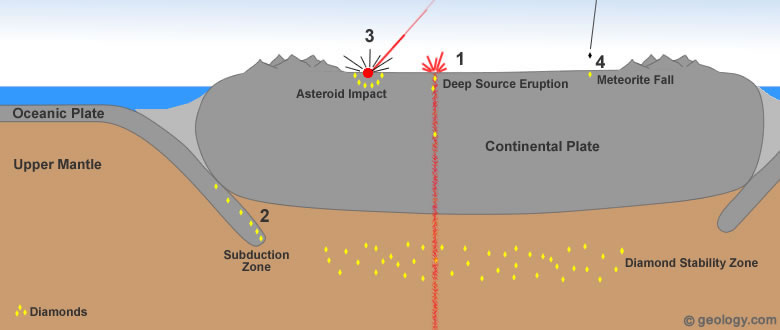State of "Modern" Geology:
James Hutton was "just a farmer," but he changed minds just a little over a hundred years before I was born.
A hundred years seemed a long time in my youth, but now that I'm 80, it is just a blink of the eye.
IMO Geology is still in its youth.
Five years after I started studying geology at BYU in 1955 geologists were still laughing at the idea of floating continents even though the idea was over a hundred years old. They were finally forced to give in in 1960!
To me, that was just yesterday.
Thee were NO IMPACT CRATERS! well, there was that oddity in Arizona. Everything else was thought to be volcanic.
It took Gene Shoemaker with authority from studying nuclear blasts in the 1960's to force acceptance of the idea. When I visited
Upheaval Dome in 1990, the park rangers were still trying to convince visitors that it was a salt dome.
en.wikipedia.org/wiki/Upheaval_Dome
Every grain on earth came from outer space, but geologists still refuse to accept regional differences in mineralogy are the results of ancient asteroid collisions. Iron here , but copper there, gold on top of ground where it does not belong, light carbon atoms hundreds of miles deep in the earth where it does not belong.
Speaking of that, they still cannot explain diatremes where diamonds are found.

How did the carbon get way down there in the first place?
Was it pushed down there in ancient sea floor subduction or asteroid impact?
Why did it take so long before blasting back up (suggested image of a beach ball being released underwater) or did it follow the entry path of a large meteor that hit at ~72 miles peer second?

1) Diamond Formation in Earth's Mantle, 2) Diamond Formation in Subduction Zones, 3) Diamond Formation at Impact Sites, 4) Formation in Space.
Carbon doesn't have a thousanth the buoyancy to push up through 30 miles of solid rock.
Water turning to steam might if there is enough of it - but how could it get in a concentrated enough space to make diatremes? The timing doesn't seem likely. So . . . What did it?